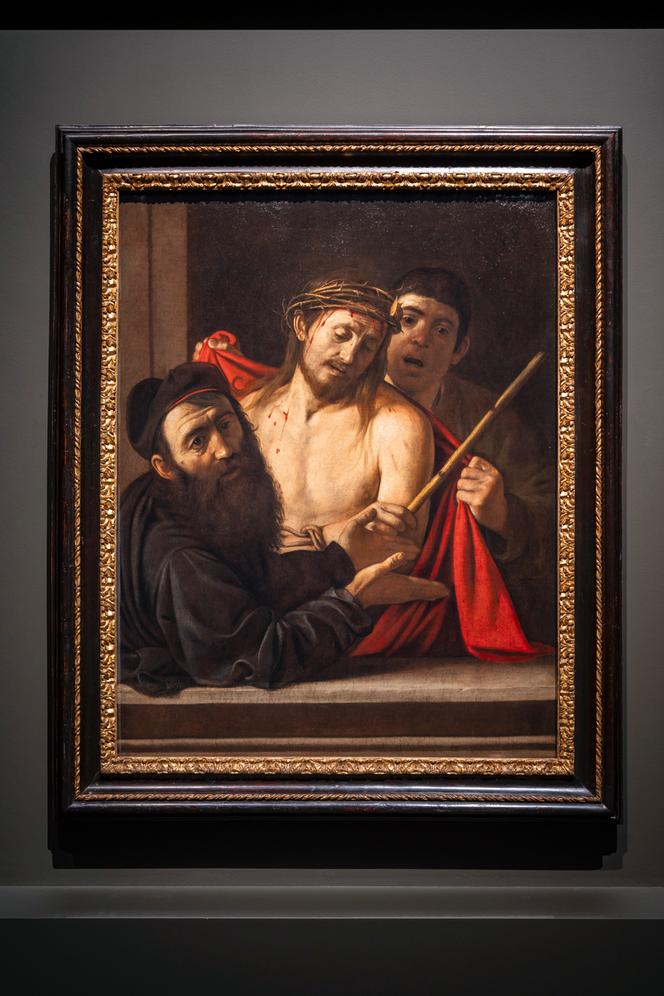
It’s the conclusion to a story that has kept the art world on the edge of its seat. In the spring of 2021, in the corner of an auction catalog, a photo of a painting with a price tag of €1,500 drew international collectors to Madrid, convinced it was the work of Caravaggio (1571-1610). Three years later, the Italian painter’s Ecce Homo was unveiled to the public on May 28 in a room at the Prado Museum.
In the meantime, it underwent X-ray analysis by nuclear engineer Claudio Falcucci, a specialist in the conservation of cultural heritage, it was studied by art historians and restored by the Florentine art conservator Andrea Cipriani. “The greatest experts are unanimous in attributing it to Caravaggio,” said Prado Director Miguel Falomir at the press presentation.
Maria Cristina Terzaghi, a professor of modern art history at Roma Tre University pointed out that there were the same incised lines, small notches used as markers and the same crossed brushstrokes, corresponding “exactly to Caravaggio’s technique.” As a member of the scientific committee of the Capodimonte Museum and an expert on Caravaggio, she traced the painting’s journey, from its production between 1606 and 1609, to its appearance in an inventory of the Count of Castrillo, the viceroy of Naples, and its voyage by boat to join the collection of Philip IV of Spain (1621-1665). Integrated into the royal collections, it would later have been among the treasures belonging to Manuel Godoy, advisor to King Charles IV (1788-1808) and an “avid collector.”
‘Fragment of beauty’
The disclosure of the painting’s last owners, the Perez de Castro family, was “decisive” in completing its authentication. In an archive dated 1823 from the Royal Academy of Fine Arts in San Fernando, which recovered many paintings from Godoy’s collection, it was mentioned that a certain Ecce Homo by “Carabaggio” was exchanged for a painting by Alonso Cano belonging to the political scientist and diplomat Evaristo Perez de Castro (1769-1849).
Caravaggio’s Ecce Homo will remain on display for nine months in the Madrid art gallery, thanks to the “generosity” of its new owner, a British resident in Spain who wished to remain anonymous. According to the Spanish press, he acquired the work for €36 million. This figure was neither confirmed nor denied by the renowned Colnaghi art gallery which handled the sale and provided consultancy. In any case, it was a far cry from the €1,500 set by the Ansorena auction house in Madrid which had attributed the painting to a pupil of the Spanish painter José de Ribera.
You have 50.42% of this article left to read. The rest is for subscribers only.





